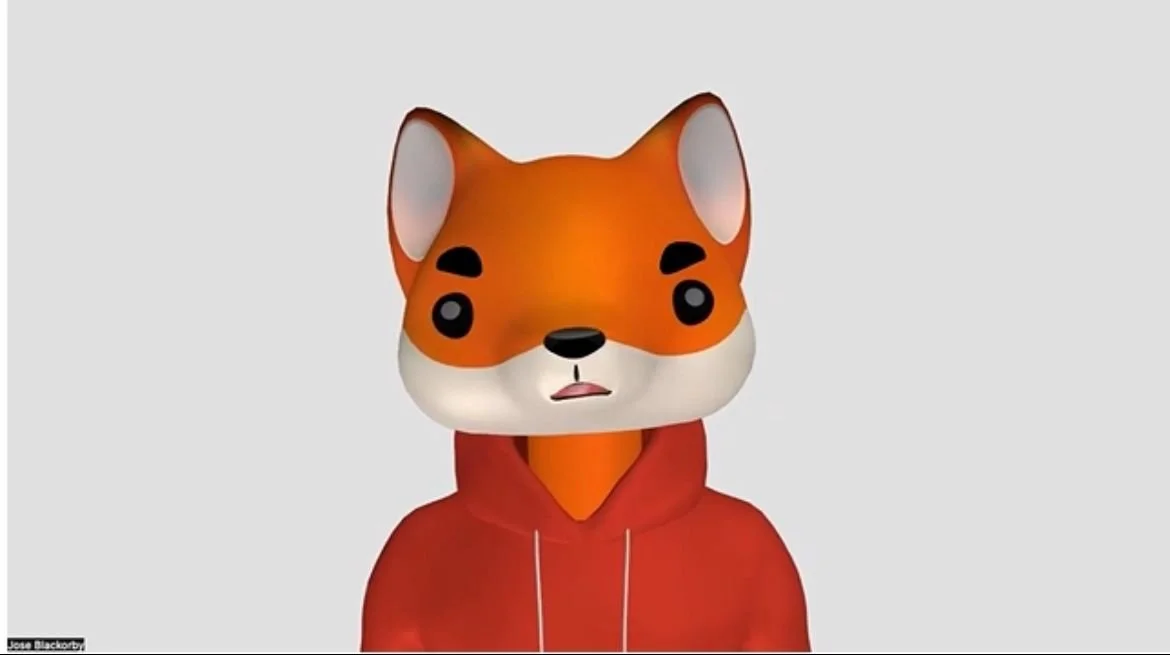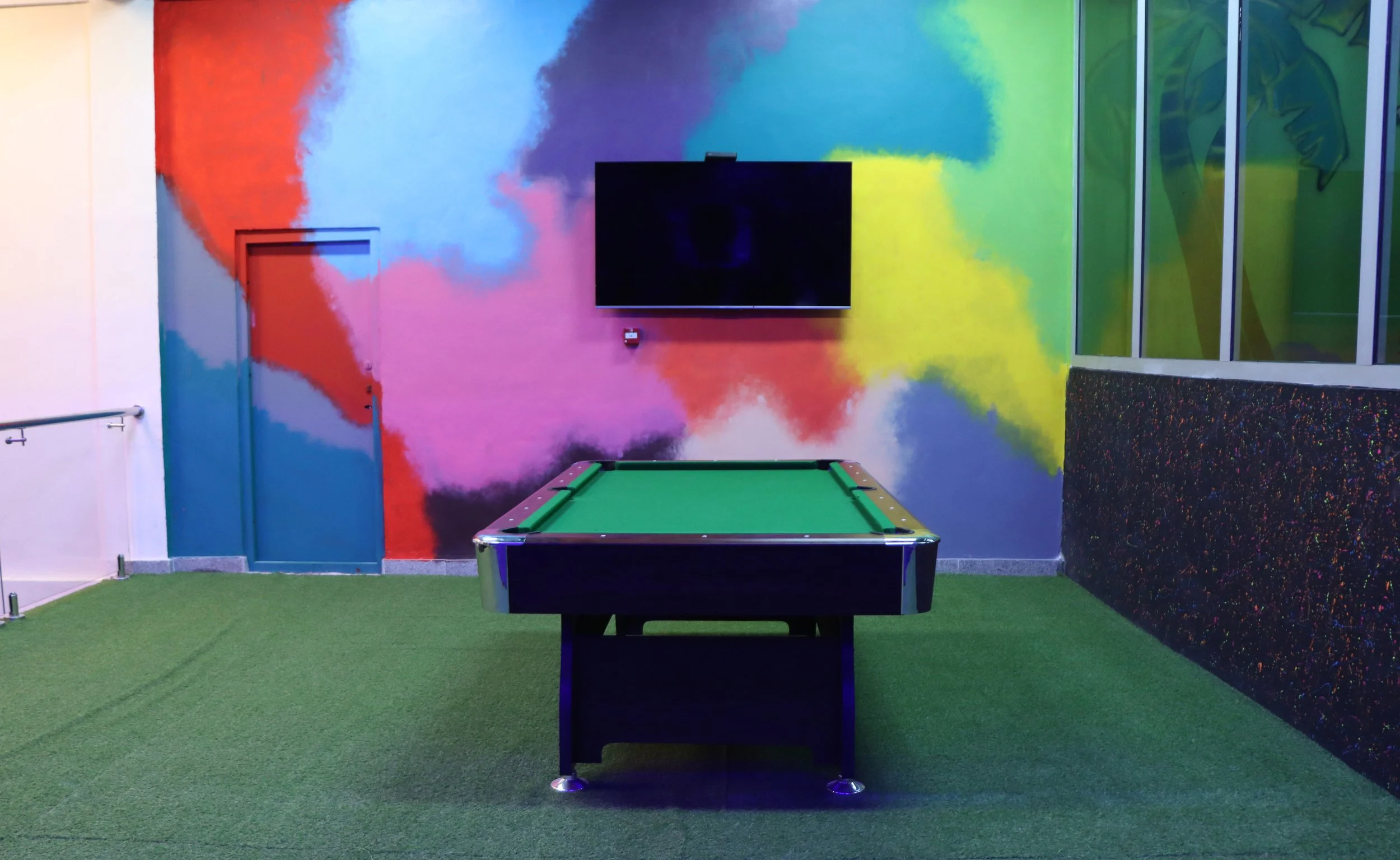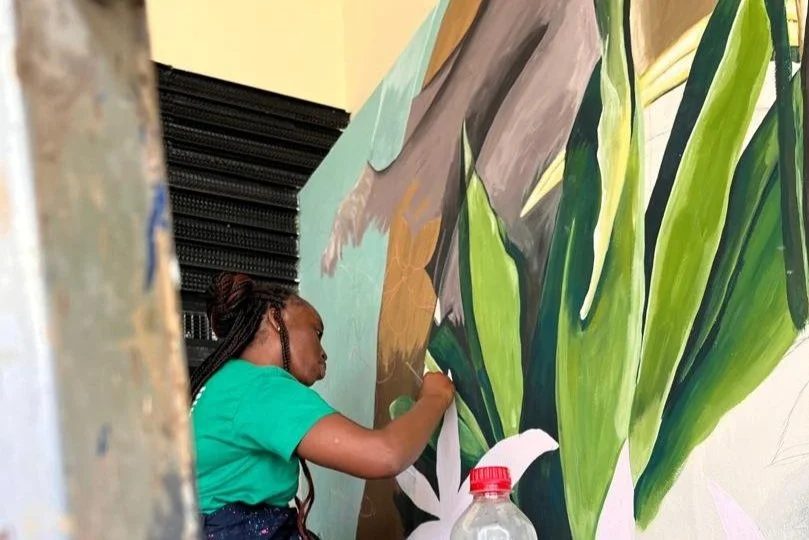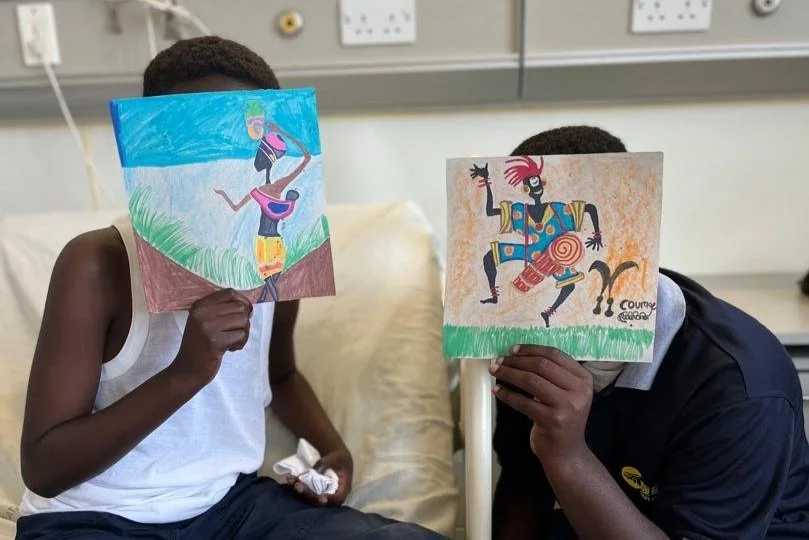Rethinking Feedback: A Harvard Lesson on Universal Design for Learning (UDL)
By Doris Komla | Harvard Graduate School of Education | Inclusive Education Advocate
I opened the Harvard Graduate School of Education Canvas platform the other day to check feedback on one of my assignments, and there it was: a video from my professor, delivered through a talking fox avatar! 🦊
At first, I just smiled. It was creative. Unexpected. But it stuck with me.
Then came the deeper reflection:
How many ways do we think about giving feedback to our learners?
Do we truly understand how each student receives feedback best?
And more importantly, do we design feedback to match their unique learning strengths?
As educators, we often say, “I gave it my best.” But do we give our best in a format every learner can receive and act on?
The real question is not “Why didn’t the student understand?” but “Did I offer feedback in a way they could process, apply, and grow from?”
That fox avatar? It wasn’t just cute. It was strategic.
The UDL Connection: Feedback That Learns the Learner
I realized my professor was applying the Universal Design for Learning (UDL) framework, an approach developed by CAST (Center for Applied Special Technology) that encourages educators to proactively design learning experiences to accommodate learner variability.
UDL is built around three core principles:
Multiple Means of Engagement (the why of learning)
Multiple Means of Representation (the what of learning)
Multiple Means of Action & Expression (the how of learning)
By using a visual, auditory, and emotionally engaging format, my professor transformed feedback from a passive moment into an inclusive, learner-centered experience. That feedback was no longer just a comment, it was connection, motivation, and growth.
Why This Matters: Designing for All Learners
This experience reminded me that feedback is not just about content, it’s about delivery. How we give feedback can either support or limit a student’s ability to learn and succeed.
Let’s normalize multiple means of feedback:
🎥 Video
🧠 Mind maps
✍🏽 Written comments
🎨 Visual metaphors
🗣️ Voice notes
Whatever helps students hear us, feel seen, and act on it.
Because feedback isn’t just a grading moment. It’s a chance to build trust, spark growth, and make learning personal.
A Call to Action: Feedback That Works for the Learner
Imagine a dyslexic student, how best would they receive feedback?
Would walls of text help? Or would an audio explanation, a visual mind map, or a quick video resonate more?
The best educators don’t just give feedback. They ask: “What does this student need to grow?”
Feedback becomes more than a task, it becomes a tool for empowerment.
If you’re passionate about inclusive teaching, learner-centered design, and creating more equitable classrooms, let’s keep the conversation going. Contact me
#ArtfullyYours #HarvardEducation #DorisKomla #UDL #FeedbackMatters #LearnerCentered #HGSE #CanvasLMS #InclusiveEducation #CAST #UniversalDesignForLearning #EducationLeadership #TeachingWithHeart
To Go Further, You May Need to Step Back
Mural by Doris Komla
A personal story about revision, reflection, and the art of starting over
— A Reflection on Art, Growth, and the Courage to Begin Again
Two years ago, I painted a mural not realizing then that the strokes I left on that wall would one day reflect a deeper truth about my own journey.
After completing the piece, my client asked me to revise certain sections. To be honest, I was frustrated. I had already poured myself into the work. But to make the changes, I had to literally step back, assess the full picture, and rework parts of it from a new perspective.
When it was done, I stood in front of the final version — and saw something stronger, more refined, and more whole. What once felt like correction had become transformation. And I was grateful for the process that pushed me to do better.
That mural taught me something I carry to this day:
Starting over isn’t failure — it’s often the path to something better.
Doris Komla Project
A New Chapter, A Familiar Lesson
Today, after 12 years of creating art, leading projects, and using creativity as a tool for healing and education, I find myself in a new chapter:
Back in school.
In a new country.
Learning again.
And in many ways, it feels like starting from scratch.
But what I’ve come to understand is that progress isn’t always linear. Growth often moves in cycles — spirals, not straight lines. Sometimes, moving forward means taking a few humbling steps backward:
Into discomfort.
Into curiosity.
Into becoming.
Starting Over is a Strategy
Every beginner stage lays the foundation for mastery. Every pause is a chance to realign. Every revision — whether on a wall or in a life — can bring you closer to purpose. So if you find yourself in a season where things feel unfamiliar…
If you’re revisiting old dreams with new eyes…If you’re returning to the fundamentals in search of deeper meaning…Know this:
You’re not behind.
You’re in process.
You’re becoming.
And sometimes, the most powerful progress begins with a step back.
Artfully Yours,
Doris Komla
#ArtistJourney #CreativeLeadership #GrowthMindset #MuralArt #HealingThroughArt #LifelongLearning #ProgressNotPerfection #ResilientAndRooted #HarvardEducation #BlackWomenArtists #ArtWithPurpose #CurriculumDesigner #DorisKomla #CycleOfGrowth
The Power of Art and Impact
Reflections on the project that changed my life and the lives it touched.
This January marks one year since one of the most humbling and unforgettable experiences of my life a project that reminded me just how far a single decision, rooted in care and creativity, can reach.
In January 2024, my organization, Arts in Medicine Ghana had the incredible honor of collaborating with The Lancet Child & Adolescent Health Journal (UK) to co-create 12 cover designs for their monthly issues throughout the year. As I reflect on that journey, I feel immense gratitude and awe for the lives it touched and the stories it helped to elevate.
Art Therapy session at Accra Regional Hospital, Ghana.
A Birthday in the Oncology Ward
The cover art for Lancet’s January 2024 issue featured a vibrant piece by Ethan Okai, a brave 12-year-old I met at the Oncology Ward of Accra Ridge Hospital in Ghana. Ethan and his twin brother, Courage, were there for chemotherapy quietly celebrating their birthday under the fluorescent lights of the ward.
When my team arrived that day for our regular art session, we had no idea it was the twins’ birthday. Their mother gently pulled me aside and thanked us for simply being there. She expressed how heavy her heart felt, how she wished the day could have looked different for her sons.
What began as a routine creative session quickly transformed into something extraordinary. Ethan and Courage poured themselves into their artwork, their energy filling the room with a kind of joy and resilience that words could never fully capture. The love between the boys and their mother, expressed through brushes, color, and quiet presence, was unforgettable.
When Art Becomes Medicine
For Ethan and his family, that moment became more than just an art session; it became a celebration of courage, connection, and creativity.
For my team and me, it was a powerful reminder: Art doesn’t just decorate life, it dignifies it.
That single day continues to echo in my heart, reinforcing why I do this work. Care, creativity, and kindness can be as transformative as any prescription. And when we design with empathy, even the simplest act, a drawing, a conversation, a brushstroke, becomes a form of healing.
Moving Into 2025 with Purpose
This new year, I’m reflecting not just on goals, but on how we pursue them. What if our goals weren’t just about personal success, but about lifting others in the process? What if we measured growth not just by outcomes, but by the hope we spark and the hearts we touch?
Make 2025 a year where your ambitions inspire hope, our projects build connection, and our impact ripples beyond what we can see.
Artfully Yours,
Doris Komla




